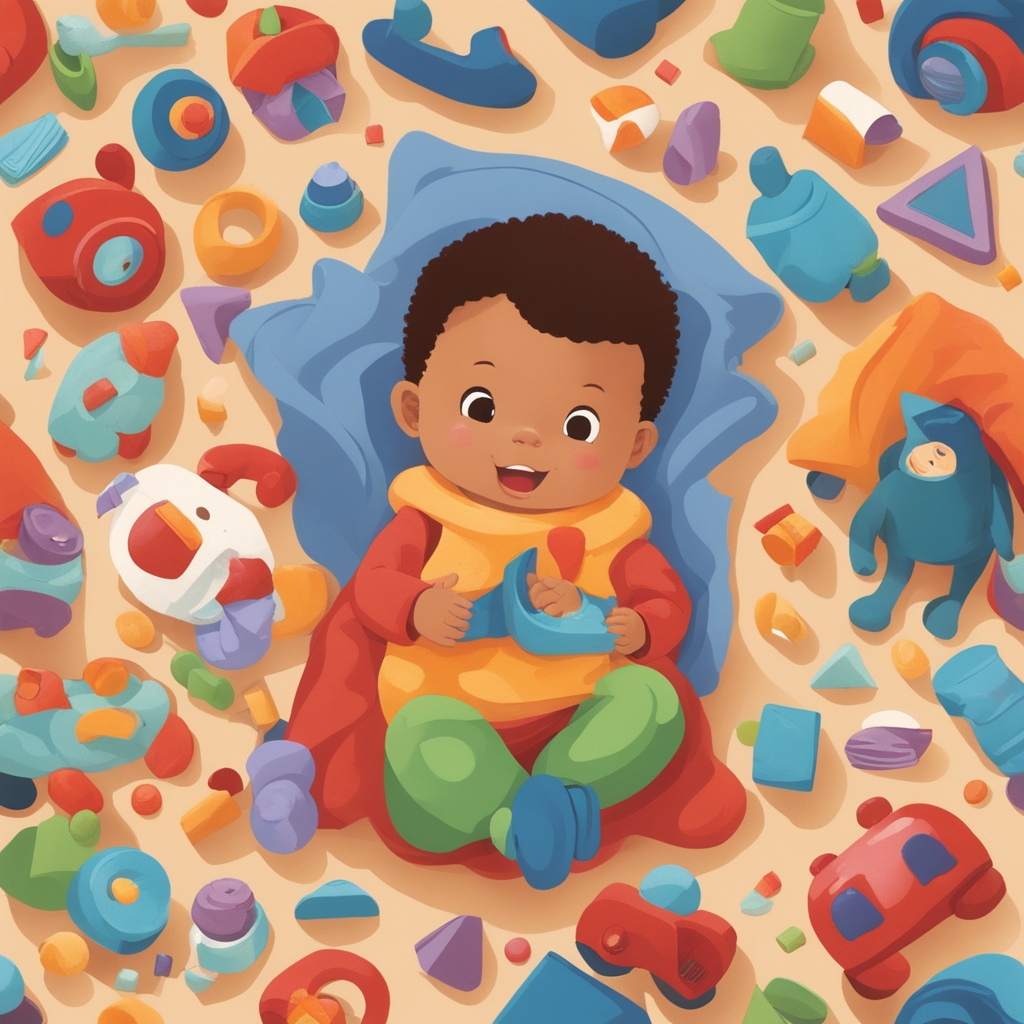Toddlers are full of energy and curiosity, constantly seeking new experiences and stimulation. As parents, it is our responsibility to provide them with the right balance of activities and downtime to support their development and overall well-being. Finding this balance can be challenging, but with careful planning and consideration, it is possible to create a harmonious routine that satisfies their need for stimulation and downtime.
Nurturing Stimulation
Stimulation is crucial for a toddler’s cognitive, physical, and emotional growth. It helps them explore their surroundings, develop their senses, and learn new skills. Here are some ways to provide stimulating experiences for your toddler:
Engage in Interactive Play: Engaging in interactive play with your toddler is an excellent way to stimulate their growing mind. Play games that encourage problem-solving, creativity, and social interaction. Building blocks, puzzles, and pretend play are all great options.
Encourage Exploration: Create a safe and child-friendly environment that allows your toddler to explore independently. Provide age-appropriate toys, books, and materials that spark their curiosity. Taking them to child-friendly museums, parks, or nature walks also promotes exploration.
Introduce Sensory Activities: Sensory play enhances a toddler’s development by engaging their senses. Activities like playing with sand, water, finger paint, and playdough provide opportunities for experimentation and sensory stimulation.
Expose Them to Music and Books: Singing songs, dancing, and reading books to your toddler not only stimulates their auditory senses but also promotes language development. Choose a variety of music, and read different kinds of books to keep their interests diversified.
Fostering Downtime
While stimulation is crucial, toddlers also need regular downtime to rest, relax, and process the information and experiences they encounter throughout the day. Without sufficient downtime, they may become overtired and overwhelmed. Here are some strategies to foster downtime:
Create a Calm Environment: Designate a quiet space in your home where your toddler can retreat for downtime. Make it cozy and comfortable, filled with soft blankets, cushions, and stuffed animals. Dim the lights and play soothing music to create a peaceful atmosphere.
Establish Regular Nap Times: Toddlers require adequate sleep for their growth and development. Setting a consistent nap schedule helps them establish a routine and ensures they receive adequate rest. Stick to a schedule and create a calming bedtime routine to facilitate easy transitions between awake and asleep.
Encourage Independent Play: While interactive play is important for stimulation, encouraging independent play is equally essential for their overall development. Provide open-ended toys and activities that allow your toddler to entertain themselves. This promotes creativity, problem-solving skills, and independence.
Schedule Quiet Time: Incorporate a period of quiet time into your toddler’s daily routine. This can be a time for them to engage in calm activities such as coloring, reading, or listening to music. Limit screen time during this period to create a peaceful atmosphere.

Finding the Balance
Finding the right balance between stimulation and downtime for your toddler requires observation, flexibility, and a deep understanding of your child’s individual needs. It is important to pay attention to your toddler’s cues and adjust their daily routines accordingly. Here are some tips to help you find the balance:
Observe Your Toddler: Pay attention to your toddler’s behavior and energy levels. If they appear tired or overwhelmed, it may be an indicator that they need more downtime. On the other hand, if they seem restless or bored, they may benefit from more stimulating activities.
Listen to Your Toddler: Toddlers may not be able to express their needs verbally, but they often communicate nonverbally. Watch for their cues, body language, and reactions to different activities. This will help you understand their preferences and adapt your routines accordingly.
Plan a Balanced Routine: Create a daily routine that incorporates both stimulating activities and downtime. Alternate between periods of activity and rest, ensuring that your toddler has ample time for exploration and play while also allowing for rest and relaxation.
Be Flexible: Remember that every toddler is unique, and their needs may change over time. Stay flexible and be open to adjusting your routines and activities as needed. What works for one child may not work for another, so be willing to adapt and find the right balance for your toddler.